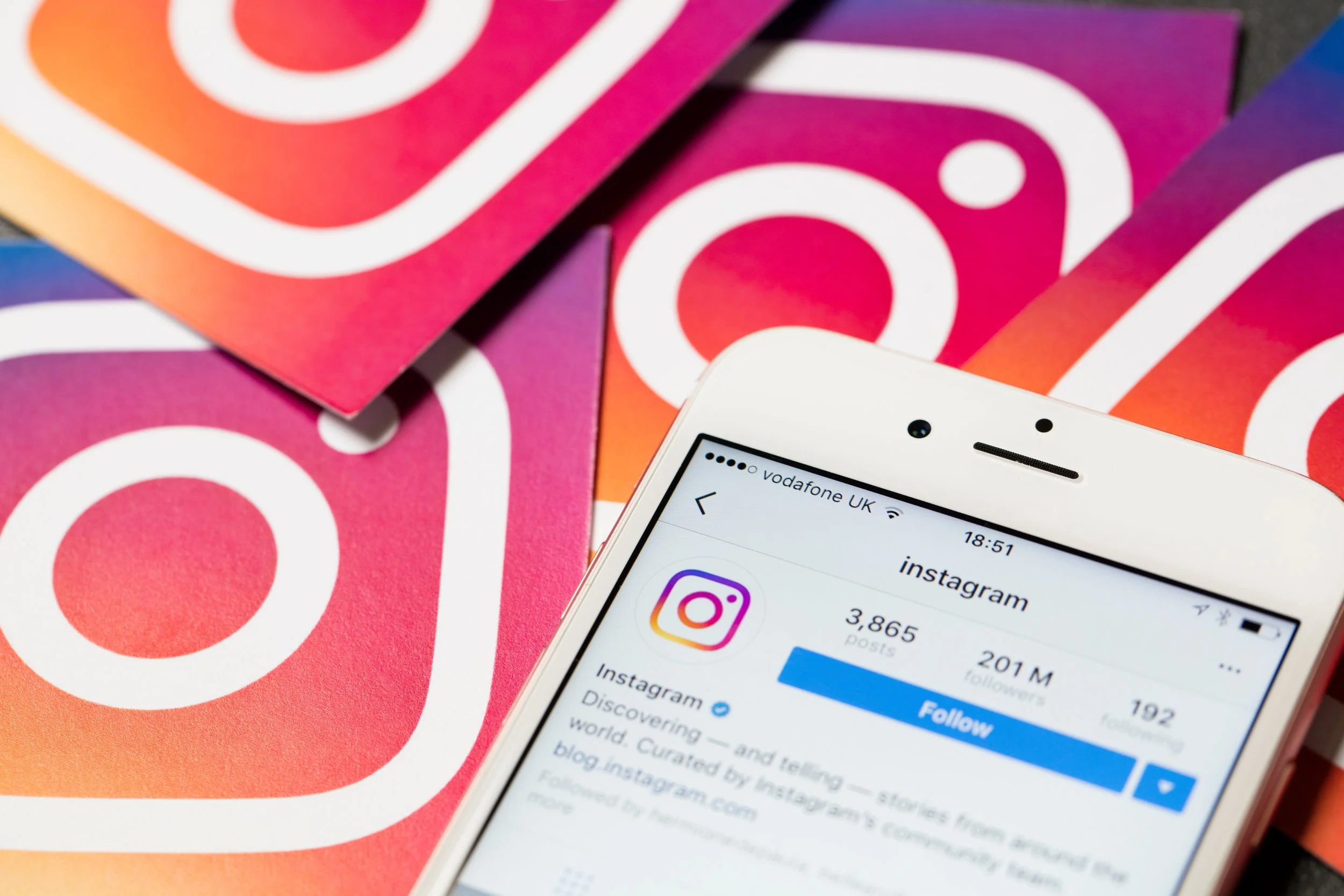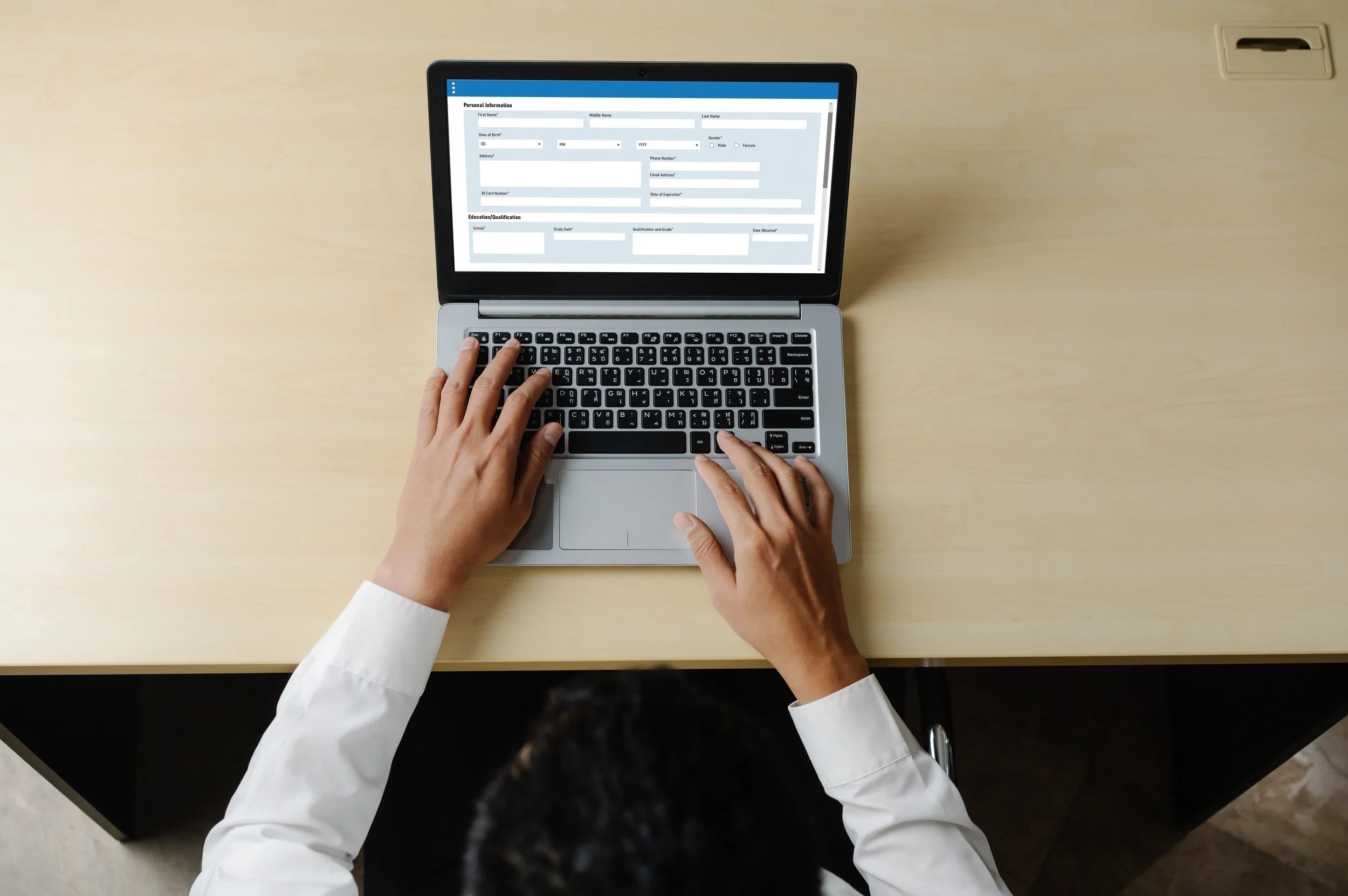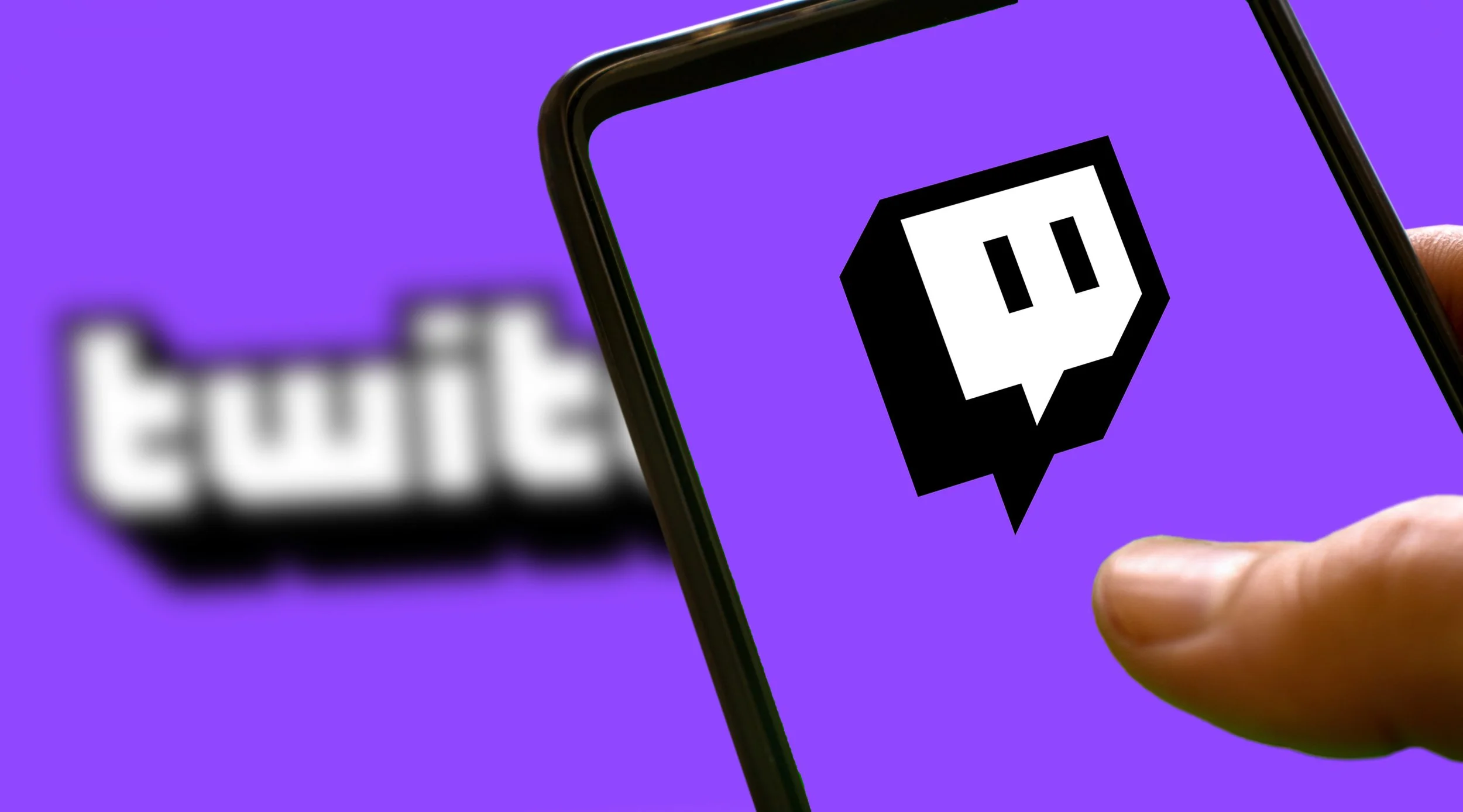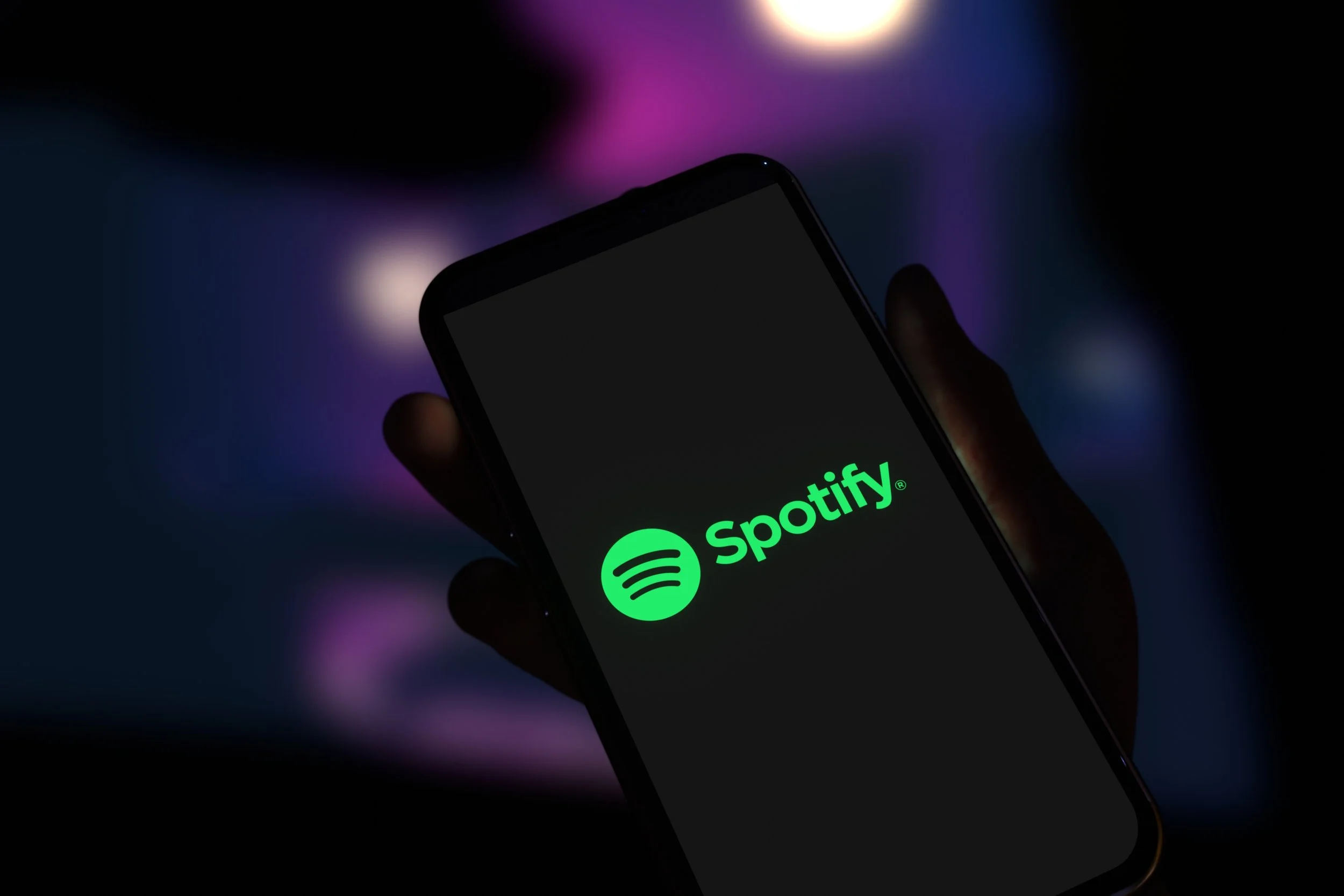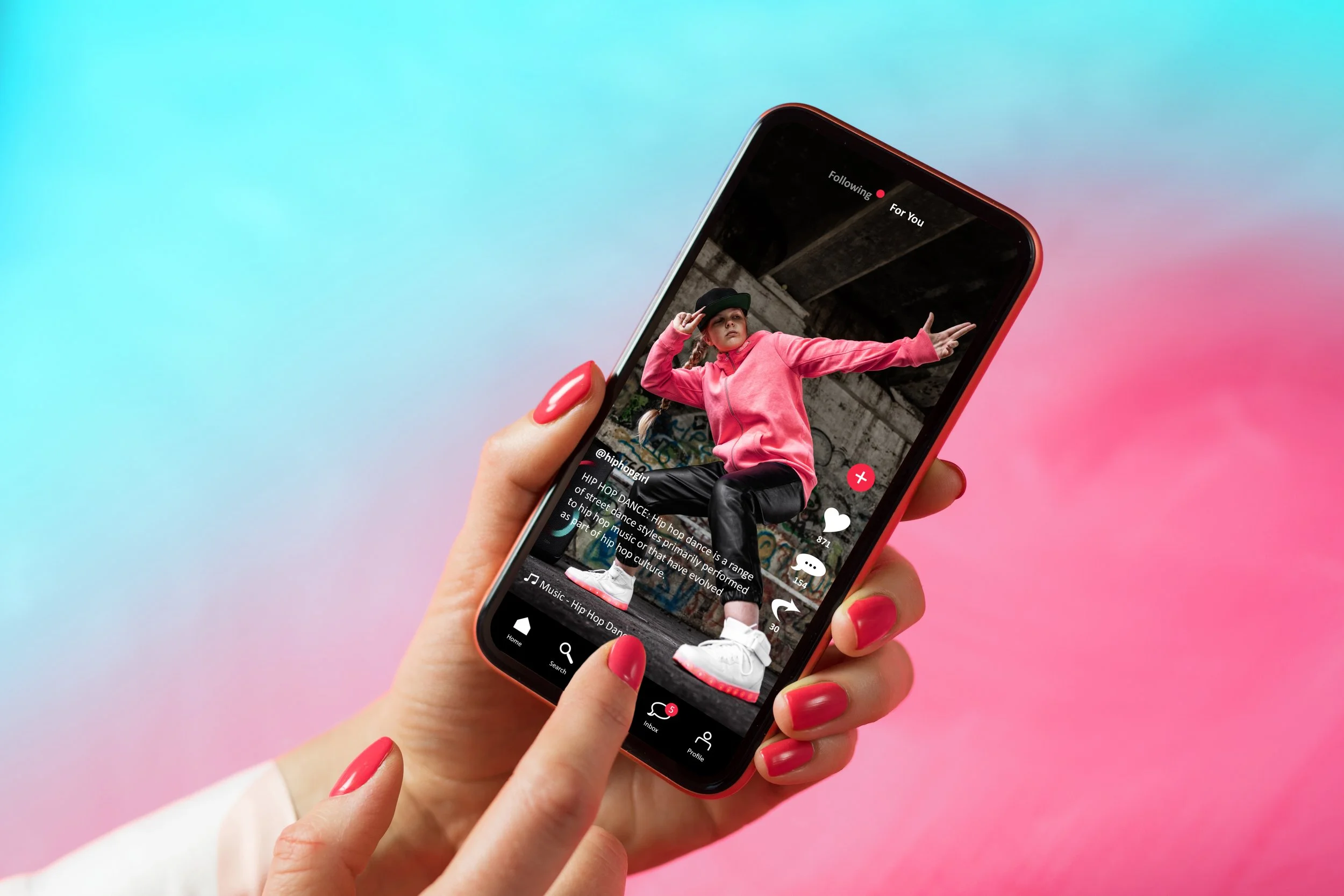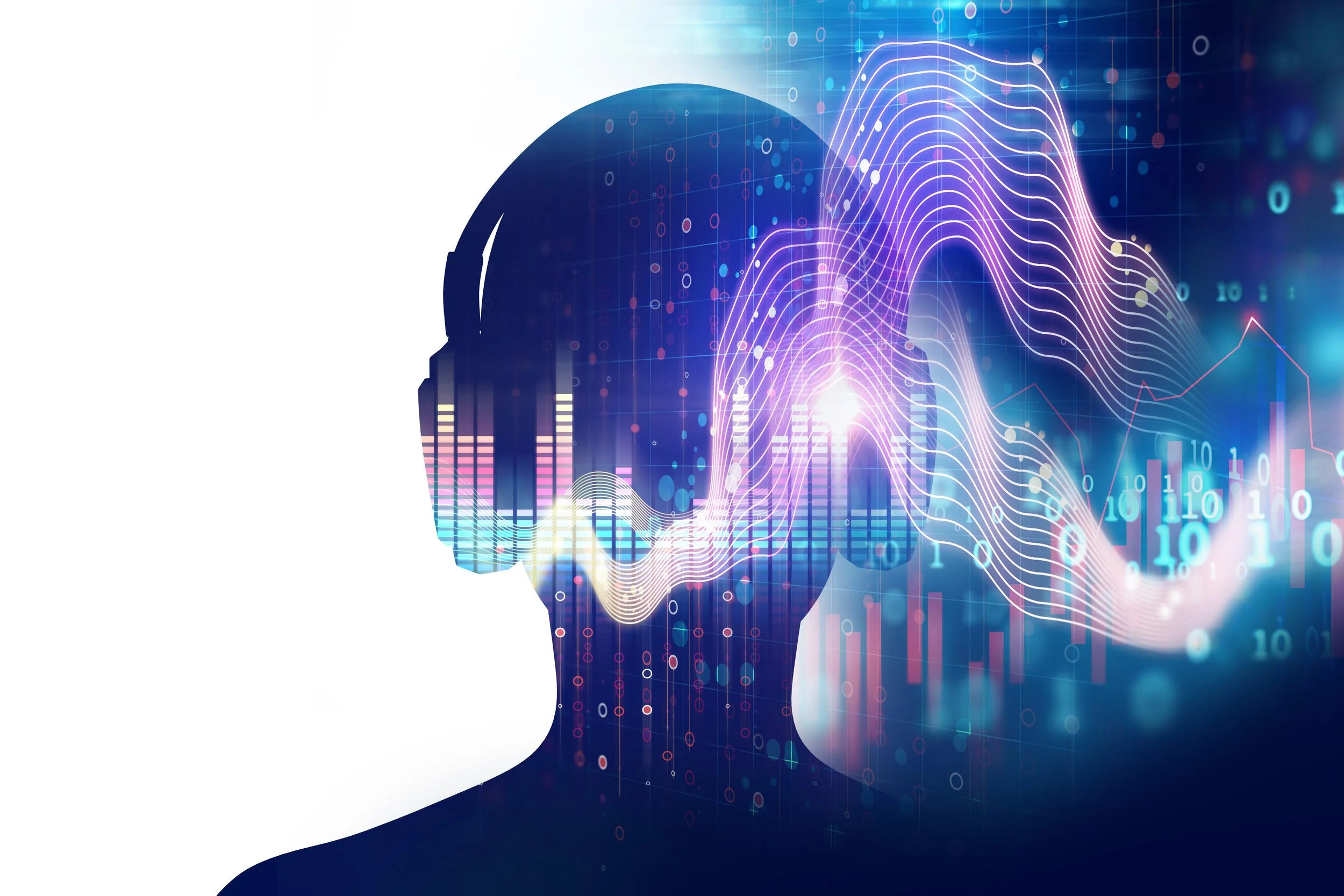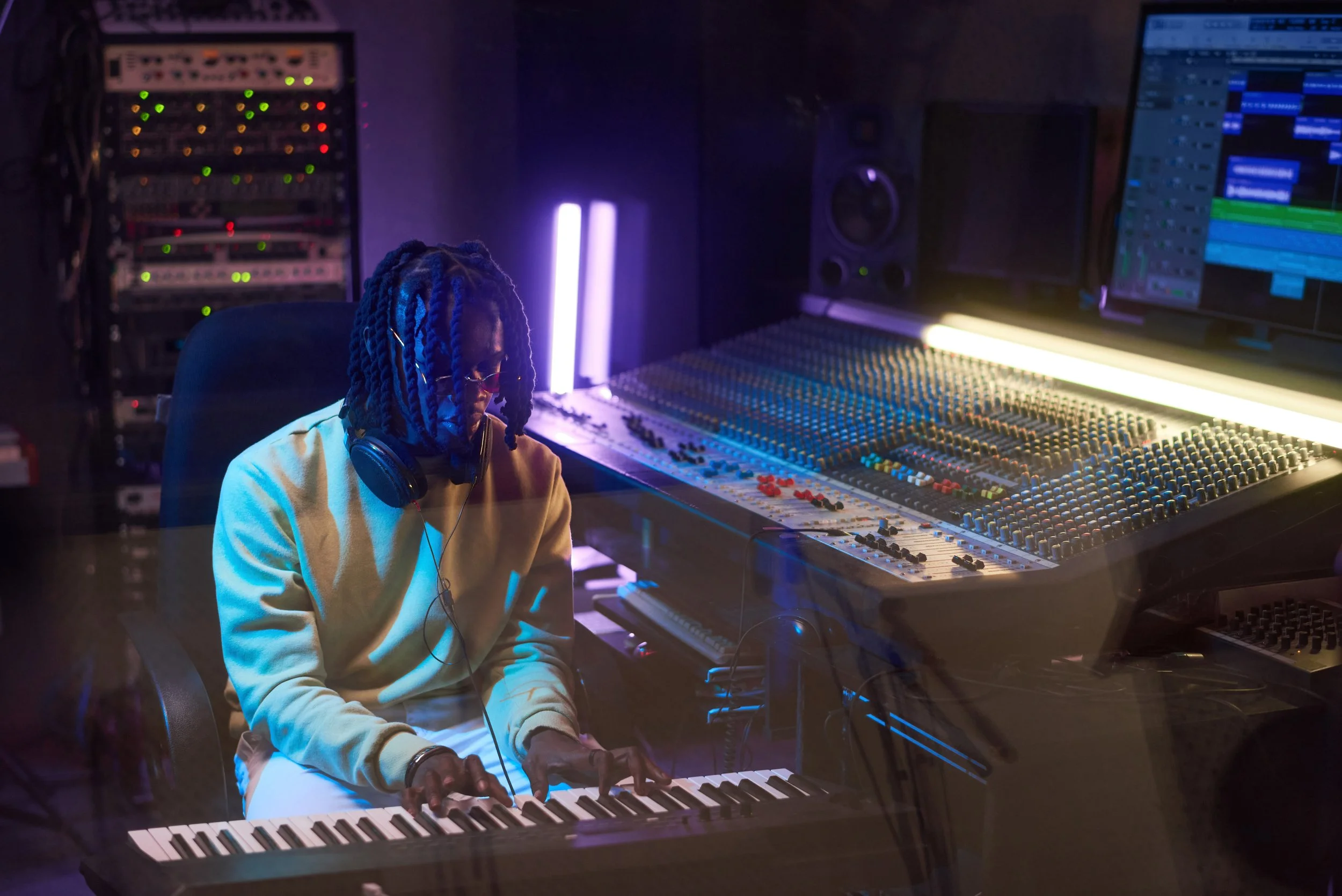Publishing Deals Explained (Part 2)
As a music creative, there's one term you should be very familiar with - royalties. Royalties are generated whenever your music is used by other people or companies, but there's a lot more detail to it and we’ll get into it below!
In the first part of this series, we discussed two types of music copyrights and how song splits work, which is important information to know prior to creating a song. But now that your music has been made and released, it can generate royalties. Did you know that in the United States, a music copyright is obtained by you, the original author, the moment your music is created and recorded in physical form? This includes writing it down, recording it on audio tape, creating a MIDI track on your computer, sheet music, and more. With that copyright, you own exclusive rights that allow you to dictate when and how your music can be used. This gives you the power to authorize the use of your composition to third party companies or individuals. If a third party wishes to reproduce, distribute, perform, display in public, or create derivative works of your musical work, they must obtain a license from the copyright owner (you) and pay them in royalties. So with that being said, we're going to discuss three types of publishing royalties and how they get paid out to you.
Mechanical royalties
Mechanical royalties are generated whenever a copy of your composition, also known as musical work, is made or recreated in any format. One example of this is the sale of CDs, cassette tapes, or records - also known collectively as hard copies. Even though this is a more primitive approach to generate mechanical royalties, it's still an option. Another example of mechanical royalties are digital streams, sales, or downloads for music platforms such as Spotify, Apple Music, iTunes, and Amazon. Whenever someone produces and releases your music as a cover, you also get mechanical royalties.
It's important that you familiarize yourself with what's known as a mechanical rights collection society. These collection societies are companies that track down and claim your mechanical royalties for you. Although you can technically do this yourself, it’s very difficult to track down your own royalties, as they may go through various collection societies globally and you have to be registered to every single one of them when dealing with collections overseas. In the US, there are two collection societies - Mechanical Licensing Collective and Harry Fox Agency. It is important to note that these collection societies do not pay out directly to the songwriter or the composer. The collection societies claim and collect mechanical royalties on your behalf and then pay out to a publisher. The publisher then pays out to the songwriter and composer. Most well-established publishers have direct relationships with these collection societies, which means you don't have to lift a finger - they’ll do everything for you. We encourage you to do some research to find a publisher that best suits your needs. For independent creators, a great place to start would be a company like Songtrust.
Public performance royalties
Performance royalties are generated whenever a musical composition is performed or broadcasted live. Examples of this are live performance, public broadcast, radio airplay, and digital streams. Performance royalties are paid to songwriters and publishers through a PRO, also known as a performance rights organization. The way it works is you register your songs and performances through your PRO. They then collect performance royalties on your behalf. You can register with one of three performance rights organizations. The first two are BMI and ASCAP, which are similar, but vary in pricing. Anyone can register with these PROs, but we suggest that you head over to their website, do a little research, and figure out which one suits you the best. The third PRO is SESAC, but this is available to artists by invitation only.
Now that you know what a PRO is, let’s go back to the performance royalty examples we mentioned earlier. First up is live performances. Every time you perform a live show or concert, you get paid, but you have to remember to register your performances with your PRO in order to collect. Also keep in mind that the payout varies depending on the venue size. So the bigger the venue, the more money you make. Second is public broadcast. This can be any private enterprise or public establishment, such as a club, a pub, a bar, a restaurant, a supermarket, local jukebox, etc. Whenever your music is played in any of these establishments, the venue will pay an all-inclusive license fee to the PRO. The payout rates then come in the form of performance royalties. Third is radio airplay. Radio stations report every time they use your song to the PROs. They also pay an all-inclusive license fee and payouts vary depending on the size and reach of the station. Last is digital streams. A digital stream is a song play via DSPs such as Spotify, Apple Music, Tidal, etc. Every stream generates a royalty. Royalties are paid to the PRO who then pays the songwriters and publishers. Things can get a little tricky though because digital platform performance royalties get lumped in with mechanical royalties. As previously mentioned, mechanical royalties and performance royalties are both generated through digital streams. These royalties then get paid out directly to publishers, which means you have to register with a global music publisher such as Songtrust in order to receive both.
Synchronization Licensing Fees
This process is also known as sync licensing. It covers all music used and placed to support visual content such as TV programs, films, advertisements, and video games. A sync license gives a company the right to use your music in their video content for a flat fee. There are no set rates for sync licenses and they are fully negotiable. Rates vary depending on the popularity of a song, the stature of an artist, the production budget, and the timing and scene in which the music will be used. Here's how the payout works: Half of the flat fee goes to the music publisher for the musical work and the other half goes to the record label or independent artist for the master. Additionally, music royalties are collected and paid through your PRO every time the placement is broadcasted.
We know this is a lot of information to take in which is why we’ve broken this down into a three-part publishing series. Both part 1 (music copyrights and splits) and part 3 (different types of publishing deals) are out now for your viewing and reading pleasure!


